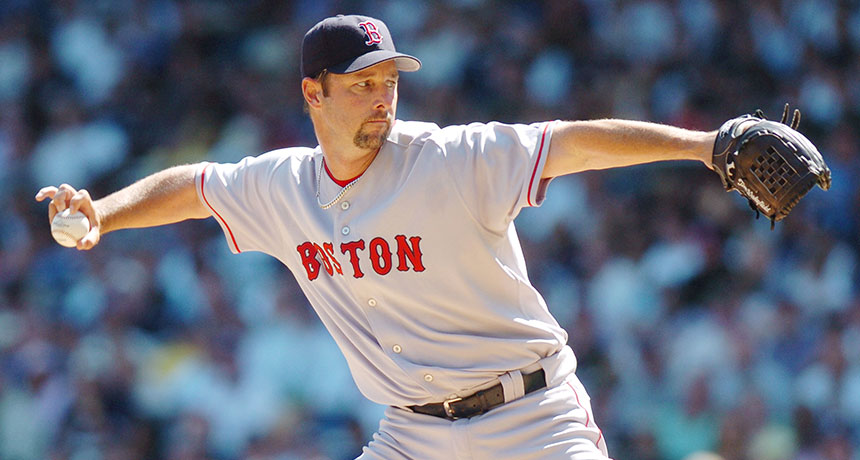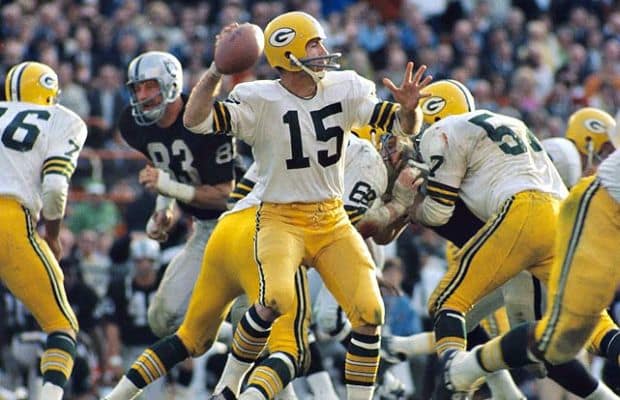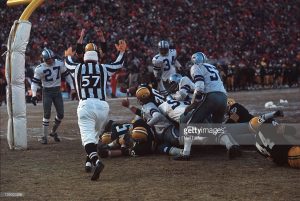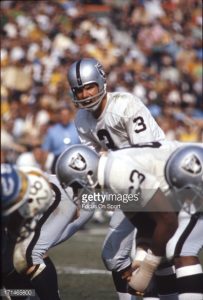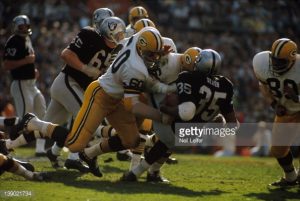The players stay strong as we move through the end of the forties and into the fifties. The best players to wear the uniform numbers between 46 and 50 all played key roles on some good Red Sox teams. One is the franchise all-time leader in games pitched, another is the franchise leader in innings pitched. Take a look.
Number 46 – Bob Stanley
Born in Portland, Maine, Bob Stanley spent 13 seasons with the Red Sox, and is the franchise leader in games pitched with 637. He started a healthy amount the first few seasons of his career before moving full-time to the bullpen (aside from 1987).
1978 was Stanley’s second season in the bigs, and he had an excellent year. Stanley was 15-2 with a 2.60 ERA and saved 10 games on that famous team. The next year he made 30 starts, made the All-Star Game, and won 16 games. In 1980 he won 10 games and saved 14, while pitching to a 3.39 ERA. He was 49-29 with a 3.55 ERA and 28 saves after four seasons, making 63 starts and 122 more relief appearances.
Moving to the pen, Stanley won 22 games over the next two seasons. Becoming the full-time closer in 1983, Stanley saved 33 games and made his second all-star team. From 1981-85, working in relief, Stanley had a 3.20 ERA and saved 79 games while winning 45. He had a mediocre 1986, and despite not allowing a run in 6.1 innings in the World Series, he is remembered very negatively for his crucial wild pitches in game six.
The Red Sox oddly moved Stanley back to the rotation in 1987 after six years of relief work; it did not go well. Stanley was 4-15 with a 5.01 ERA. With the experiment over, Stanley had one more good season in him, going 6-4 with a 3.19 ERA over 101.2 innings in 1988. In total, he won 115 games, and saved 132, over his 13 seasons in Boston.
Honorable Mentions: Craig Kimbrel, Jacoby Ellsbury (2007-09)
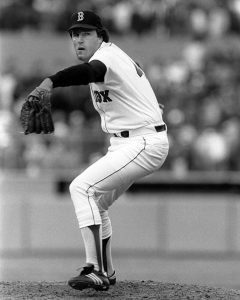
Number 47 – Bruce Hurst
Bruce Hurst was a solid pitcher for the Sox in the eighties. He had an excellent 1986, and was good in 1988, but aside from that was largely average before going to San Diego. With that said, he is easily the best number 47 in team history.
Hurst spent some time with the Sox in 1980, but didn’t do much before 1983. He was 7-9 with a 6.17 ERA by the end of 1982. At age 25 he made some strides, going 12-12, and throwing over 200 innings in 1983. He was 12-12 again in 1984, and got his ERA below 4.00 for the first time, despite a very high 1.47 WHIP. His strike outs and WHIP improved in 1985, but his ERA rose back up. Over that three-year stretch, he was 35-37 with a 4.18 ERA and 1.42 WHIP.
Hurst had his best season yet in 1986. He was 13-8 over 25 starts that year, posting an excellent 2.99 ERA. He then went 3-0 in the postseason, including 2-0 in the World Series. Had the bullpen not choked away game six, Hurst may have won World Series MVP. Hurst won 15 games in 1987, and made his first All-Star Game despite a high ERA (his ERA was much better in the first half). 1988 would be the final season of his Red Sox career, and he posted a career best 18-6 record. Hurst placed fifth in the Cy Young vote with his 3.66 ERA and 18 wins.
He was largely much better towards the end of his time with the Sox, going 46-27 with a 3.76 ERA over the final three seasons. In total, he won 88 games as a Red Sox, and posted a 4.23 ERA and 1.40 WHIP.
Honorable Mentions: Rod Beck, Jason Varitek (1997-99)
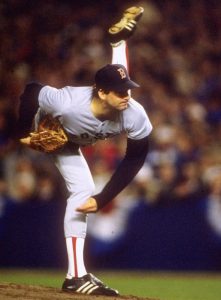
Number 48 – Lee Smith
The recent Hall of Famer did more of his work with the Cubs than anyone else, but his two-plus seasons with the Sox contributed to his case. Acquired in the offseason between 1987 and 1988 for Al Nipper and World Series goat Calvin Schiraldi, Smith was brought in to give the team a legitimate closer.
Smith’s first season with the team he had a 2.80 ERA and struck out over 10 batters per nine innings. His 29 saves were the most by a Red Sox since Bob Stanley’s 33 in 1983. In 1989 he was 6-1 and saved 25 games. His 12.2 strike outs per nine innings pitched was the highest of the Hall of Famer’s career.
The Red Sox curiously acquired another closer in the offseason in Jeff Reardon. This seemed to spell something was amiss. S mith had a 1.88 ERA and four saves early that season, before being dealt to the Cardinals for Tom Brunansky on May 4th.
Honorable Mentions: Javier Lopez, Tony Fossas, Scott Atchison
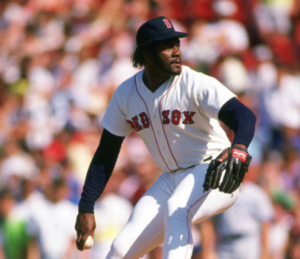
Number 49 – Tim Wakefield
The franchise’s all-time leader in starts and innings pitched, as well as some less desirable categories, Tim Wakefield is the only 49. Picked up off the scrap heap in 1995, Wakefield had an epic season for the Sox. He was 16-8 with a 2.95 ERA, finishing third in the Cy Young vote. He started the year 14-1 with a magical 1.65 ERA, before teams started squaring up his knuckleball late in the year. That was the start of a 17-year run in Boston for Wakefield, including two World Series championships.
Wakefield was a serviceable starter over the next few seasons, and won 17 games in 1998. The following four seasons would be split between starting and relieving. He made 17 starts three straight years from 1999-2001, and 15 starts in 2002. Wakefield even saved 15 games in 1999 as he proved he could perform many roles. 2002 was his best season since his first in Boston, going 11-5 with a 2.81 ERA and 1.05 WHIP.
Wakefield moved back to the rotation in 2003 and had a solid season. He was then excellent in the postseason before an ending that never should have happened. He threw a career high 225.1 innings in 2005, and won 16 games, his most since 1998. In 2007 he matched his career high with 17 wins. Proving, at the age of 40, the knuckleball is ageless. In 2009 he finally made his first all-star team, going 11-3 by the break.
After pitching two more seasons, Wakefield got to 200 career wins, 186 of them coming for Boston. That total sits him third on the franchise list behind Roger Clemens and Cy Young. He pitched in every role for the team, and proved himself a valuable commodity both on the field and as a teammate.
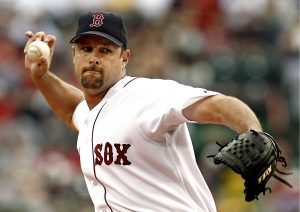
Number 50 – Mookie Betts
Who other than the MVP would be number 50? Betts is the cornerstone of this current Sox team and coming off an MVP season. At 26 years old he is already a three-time All-Star, a three-time Gold Glove winner, a two-time Silver Slugger, an MVP, a batting champion and a World champion. Not too shabby.
Betts showed his potential immediately in 2014, batting .291 for the Sox in a season that began in AA. The next year he batted .291 again, hitting 42 doubles, eight triples and 18 home runs. Betts broke out in 2016, and nearly won the MVP, finishing second to Mike Trout. He had 214 hits as he batted .318 with 31 home runs and 26 stolen bases.
Despite 2017 being a down year, Betts still homered 24 times and drove in 102 runs. He doubled 46 times and stole 26 bases in 29 tries. With a new hitting coach and new manager this past year, as well as some much-needed lineup protection, Betts put together a historic season. He has now doubled over 40 times in all four of his full Major League seasons, giving him 189 total. He has hit 110 home runs, as well as stolen 110 bases. The future is bright for the always smiling Mookie Betts.

Featured picture taken from Science News
